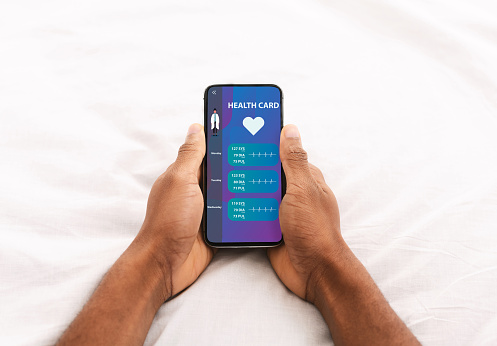As a patient, managing your health can be challenging, especially if you have a chronic condition.
However, advances in telehealth technologies have made it easier to monitor your health outside of clinical settings.
This method of care is known as Remote Patient Monitoring (RPM), which connects you with your doctors through video calls, text messages, or other online channels.
This type of care allows for more efficiency in the healthcare system and improves patient safety, while also giving patients more control over their health and symptoms.

What is Remote Patient Monitoring?
Remote Patient Monitoring is a broad term that can include any type of technology used to monitor your condition online or over the phone.
This means you do not necessarily need a smartwatch on your wrist, but some kind of technology is involved in keeping tabs on how you are doing with regards to your overall well-being.
RPM can be used to monitor patients with chronic diseases, long-term post-acute care, and vital data.
Patients with chronic diseases such as heart failure or diabetes may need to record their symptoms regularly to manage them effectively.
These recordings help physicians gauge the effectiveness of treatment and make adjustments as necessary.
Similarly, patients who require long-term rehabilitative treatments after hospitalization often have difficulty staying healthy or following strict dietary recommendations due to their physical limitations caused by illness or injury.
RPM can help these patients to monitor their health more effectively.
What are the benefits of Remote Patient Monitoring?
The benefits of Remote Patient Monitoring are numerous.
- It reduces the number of emergency room visits
- Improves patient satisfaction
- Reduces readmission rates at hospitals and rehab centers.
RPM technology makes it easier for doctors and nurses to monitor patients remotely, which increases efficiency and productivity in healthcare practices.
RPM helps ensure that patients receive the most appropriate care possible when they are at home or elsewhere, reducing unnecessary trips to the doctor’s office or hospital emergency room.
- Remote Patient Monitoring also helps to decrease the patient load in hospitals.
- Reduces the risk and cost of readmissions
- Improves accurate health information collection and communication
- Provides universal accessibility for optimal care.
By using RPM technology, healthcare providers can monitor a patient's condition remotely, reducing travel time for everyone involved in treating an illness or injury, and saving money by reducing unnecessary travel expenses.
Conclusion
In summary, RPM is a crucial aspect of healthcare, and patients can greatly benefit from this technology.
It helps patients manage their symptoms and avoid unnecessary hospital visits, ultimately improving patient outcomes and reducing costs for hospitals, health insurance companies, and patients.
If you are a patient with a chronic condition or require long-term rehabilitative treatments, talk to your healthcare provider to see if Remote Patient Monitoring is right for you and you can also login to Afyabook to start monitoring your vitals